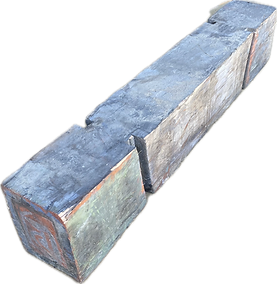
Image Source: Instagram.com
In Bhutan and across the Himalayan region, Nagas are revered as powerful serpent spirits associated with water, fertility, protection, and the balance of the natural world. They are believed to dwell in lakes, rivers, springs, and beneath the earth, guarding hidden treasures and influencing the harmony between humans and the environment.
In Buddhist cosmology, Nagas are semi-divine beings who possess both human and serpent forms. They are known for their great power, wisdom, and sensitivity to human actions, particularly those that disturb the natural balance. Offerings are often made to appease them and to seek blessings for rain, agricultural prosperity, and health.
In Bhutanese belief, disturbing the habitats of Nagas—such as polluting water sources, cutting sacred trees, or constructing near their abodes without rituals—can cause illness, natural disasters, or spiritual imbalance. Conversely, respecting and honoring Nagas ensures protection, harmony, and wellbeing.
Traditional rituals called “Lue Sol” or “Naga Pūjā” are performed to propitiate these beings, especially during the summer months when diseases and skin ailments are believed to be caused by Naga disturbances. Monks conduct these rituals by chanting specific mantras and offering water, incense, milk, and flowers to the Nagas.
The Naga symbolizes life force, fertility, and the interconnectedness of all elements. In sacred art, they are often depicted coiled around treasure vases or protecting stupas and temples, symbolizing their role as guardians of sacred wisdom and the natural world.
In Bhutanese culture, the reverence for Nagas reflects a deep respect for nature and its unseen spiritual dimensions. The belief serves as both a spiritual practice and an ecological ethic, reminding people to live in balance with the environment and all sentient beings.

Product 0085 showcases the depiction of naga carved from ‘Bogh’.

Our Timber Source is a remarkable piece with a rich history. It was originally utilized as a Bogh element in Chagri Monastery and is believed to be around 400 years old. The age and significance of this timber element make it a valuable addition to any collection.

